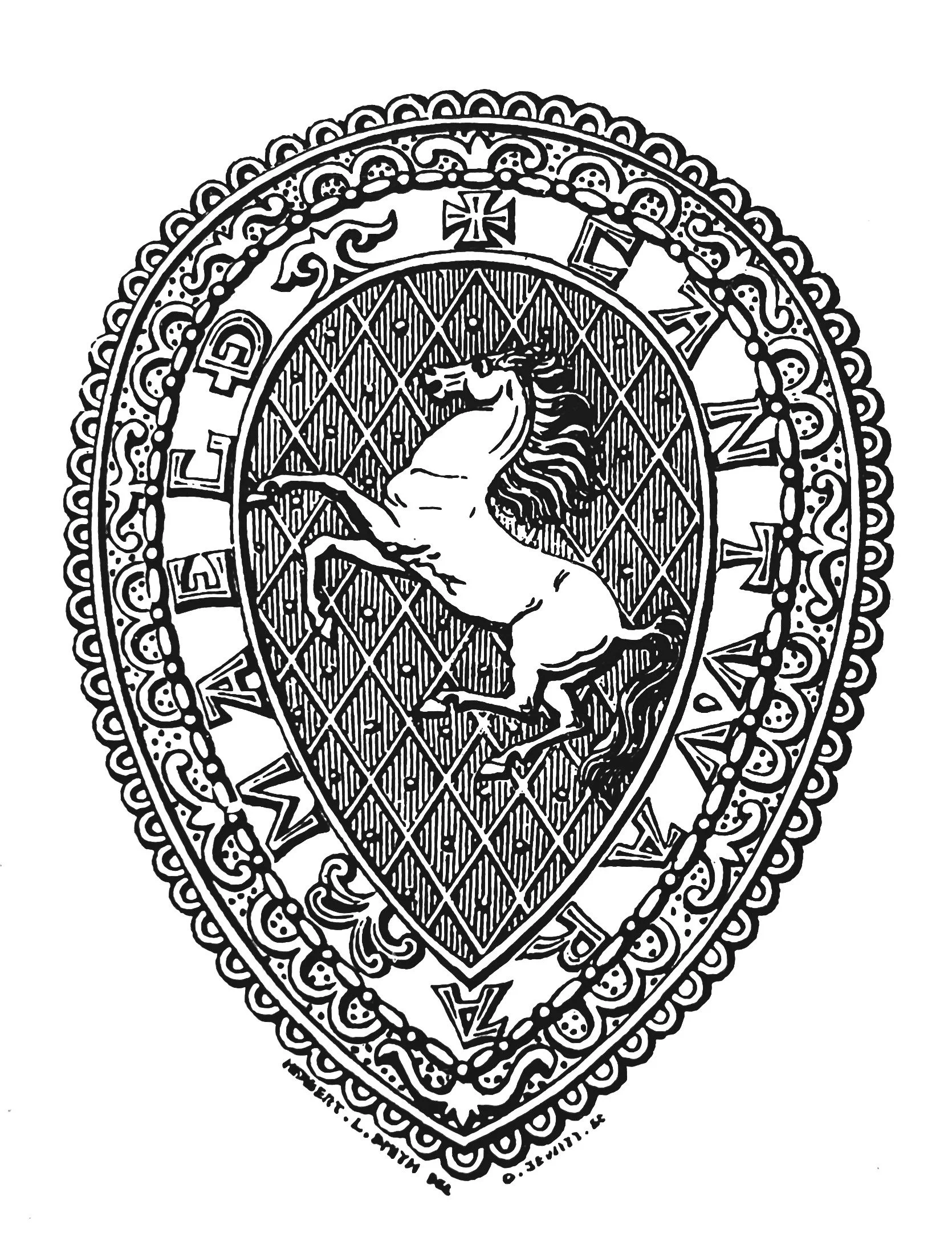Featured
Nesta Caiger, 2001, KAS Newsletter, Issue 49 (Spring 2001). Maidstone: Kent Archaeological Society.
John Blundell, 2001, KAS Newsletter, Issue 49 (Spring 2001). Maidstone: Kent Archaeological Society.
Mike Clinch, Secretary, 2001, KAS Newsletter, Issue 49 (Spring 2001). Maidstone: Kent Archaeological Society.
, 2001, KAS Newsletter, Issue 49 (Spring 2001). Maidstone: Kent Archaeological Society.
KAS Newsletter, Issue 49 (Spring 2001). Maidstone: Kent Archaeological Society.
KAS Newsletter, Issue 49 (Spring 2001). Maidstone: Kent Archaeological Society.




Ted Connell, 2001, KAS Newsletter, Issue 49 (Spring 2001). Maidstone: Kent Archaeological Society.